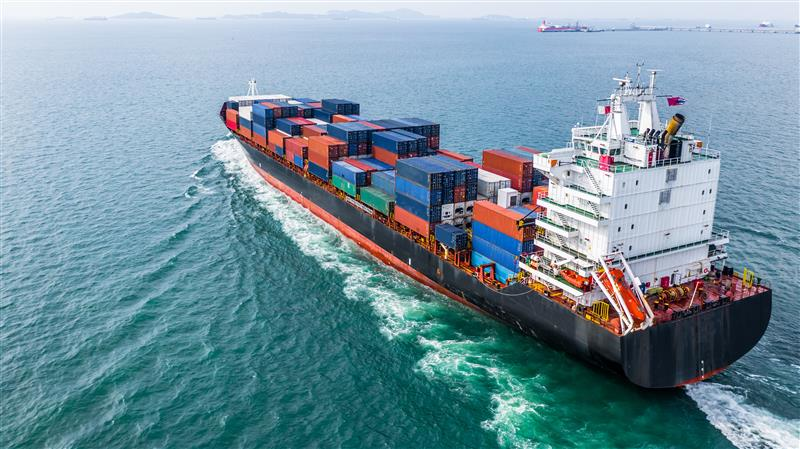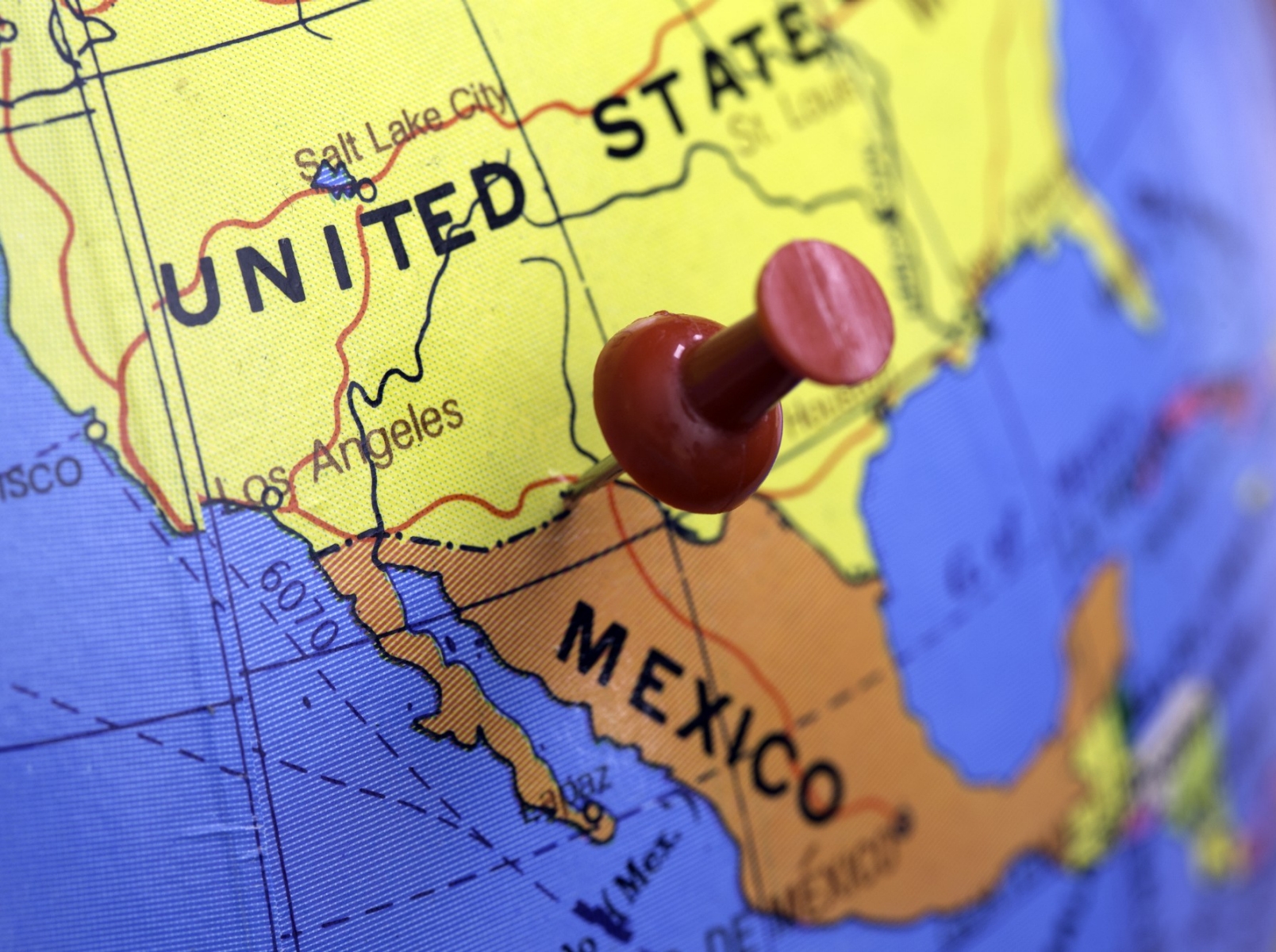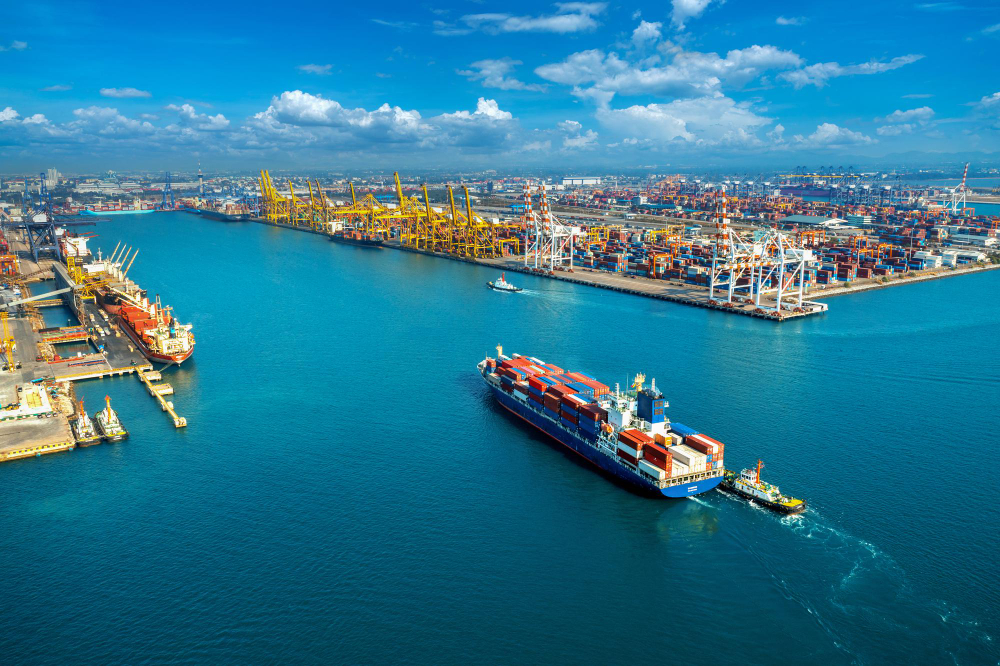The Manufacturing Pivot
Whether the trend began with Covid or in light of geopolitical events, particularly tensions with China, manufacturers are seeking alternative solutions to continue their operations while minimizing risk. Many companies are shifting manufacturing away from China to locations closer to home or to places with friendlier relations. Offshoring to China took off at the beginning of the millennium when China became a member of the World Trade Organization (WTO), which offered the advantage of lower costs to produce goods. Nonetheless, the movement away from offshoring to friend-shoring and nearshoring offers several benefits while simultaneously addressing the need to move away from reliance on China.
Nearshoring refers to the process of moving production and manufacturing to a nearby country or region. Friendshoring involves working with trusted partners and suppliers. The objective of both is to reduce supply chain risk. Both strategies can offer significant advantages in terms of cost, efficiency, and management.
Firstly, nearshoring reduces the time and cost associated with transporting goods and materials across long distances. By choosing a nearby country, manufacturers can enjoy faster delivery times, save on transportation costs, and allows for greater flexibility in responding to changes in demand.

Secondly, friend-shoring enables manufacturers to build stronger relationships with their partners and suppliers, reducing the risk of supply chain disruptions caused by political issues and unforeseen events. By working more closely with suppliers and building long-term partnerships, manufacturers can ensure the reliable and consistent production of goods.
China has long been a dominant force in global manufacturing, but recent events, such as the US-China trade war, tensions over Taiwan, human rights, Hong Kong, the response to Covid, and intellectual property rights, have exposed the risk of overreliance on a single country.
By diversifying their supply chains and moving production to nearby countries, manufacturers can reduce their exposure to risks such as tariffs, trade restrictions, and political instability. Apple has led the way by moving the production of some of its products away from China to India and Vietnam. Mexico has already seen an increase in US companies transferring their operations there. These moves are intended to diversify operations and reduce risk and exposure.

Mexico, in particular, has emerged as a popular destination for nearshoring due to its proximity to the US market, existing favorable trade agreements, and a skilled labor force. Other countries in Central and South America are viable options. Brazil, for example, offers an attractive mix of natural resources, skilled labor, and favorable trade agreements.
In addition to the reshoring steps discussed above, manufacturers can also consider other strategies to mitigate risk and ensure the continuity of operations. Digitalization and automation can help reduce reliance on physical supply chains, making it easier to respond to changes in demand and minimize disruption. Advances in robotics, artificial intelligence, and autonomous vehicles have been a game changer in supply chain and logistics planning.
There are still challenges and risks associated with these strategies, particularly in light of the current banking crisis, which is reverberating on a global level. The recent government takeover of Silicon Valley Bank and Signature Bank highlights the risk of overreliance on one financial institution.
To mitigate these risks, manufacturers need to take a strategic approach to managing their banking relationships, diversifying their accounts across multiple institutions and increasing monitoring of risk exposure. By working closely with trusted partners and advisors, companies can ensure they are well-positioned to navigate crises as they arise and operate successfully in a challenging global environment. By expanding their supply chain and banking options, building strong, trusted partnerships, and leveraging digitalization and automation, manufacturers can reduce their exposure to risk and ensure the continuity of operations.


